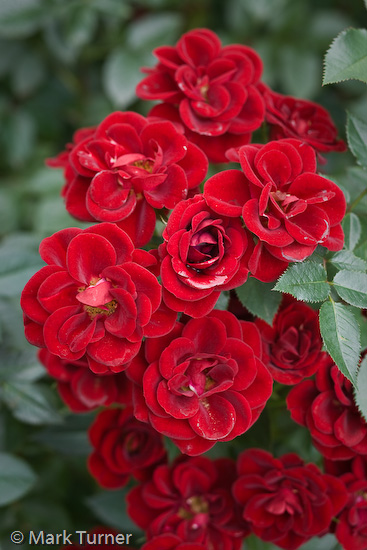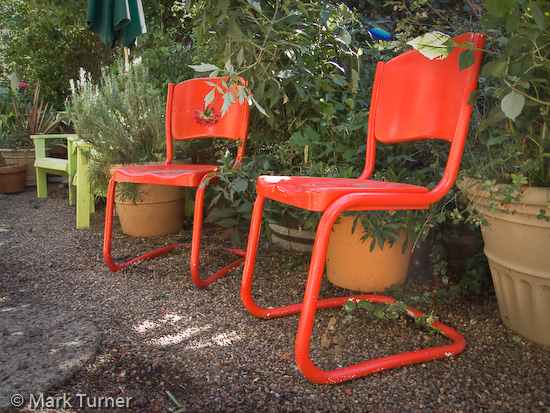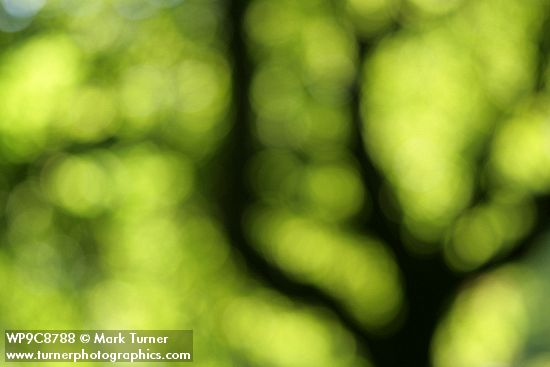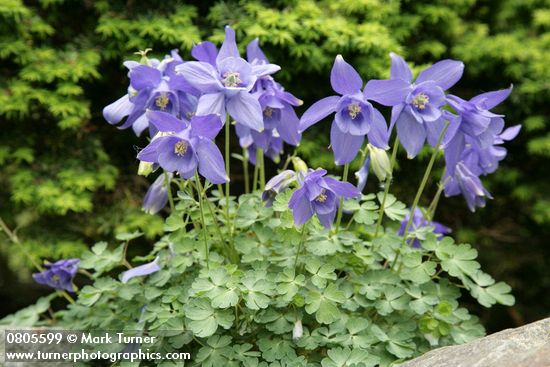 There hasn’t been a lot of sunshine in northwestern Washington for the past several days. In fact, it’s been one of the coolest springs on record around here, with very few days when the temperature even got above 60 degrees F. Plants are running about 2-3 weeks behind normal in their spring growth. This Helianthemum nummularium added a bit of sunny yellow to the garden at Tennant Lake Fragrance Garden in Ferndale late this afternoon. That’s about the only sun we saw today.
There hasn’t been a lot of sunshine in northwestern Washington for the past several days. In fact, it’s been one of the coolest springs on record around here, with very few days when the temperature even got above 60 degrees F. Plants are running about 2-3 weeks behind normal in their spring growth. This Helianthemum nummularium added a bit of sunny yellow to the garden at Tennant Lake Fragrance Garden in Ferndale late this afternoon. That’s about the only sun we saw today.
I went out to Tennant Lake late in the afternoon after spending much of the day optimizing scans and preparing files for customers. I also worked on our phone lines to solve a recurring problem that turned out to be chewed or frayed insulation on several of the wires going to individual jacks. I spliced new ends on a couple of the lines and put everything back together and now our phones should be more reliable again.
The Tennant Lake Fragrance Garden has a nice collection of herbs, but is really a mid- and late-summer garden. This early in the season there wasn’t a whole lot blooming yet and some of the plants were still fairly small. I made a few images and came home.
Earlier in the afternoon I visited Big Rock Garden Park in Bellingham, which is a sculpture garden set among Rhododendrons, Japanese Maples, and a variety of northwest natives. I hadn’t photographed in the garden for many years and the trees and shrubs have definitely gotten bigger in the intervening time. Many of the Rhodies were in full bloom so the garden was near its peak. There are both permanent and seasonal collections of sculpture in the park, which is one of Bellingham’s hidden cultural gems.
It was one month ago that we turned on our new rooftop solar array. For a while, we were generating twice as much electricity as we were using. Then it got cloudy and cold again. We turned the furnace back on with its attendant fan and raised our power consumption. Overall, in the last 31 days we generated 503 KW of power and used 271 KW. That’s about 86% more generated than we used. Many people seem to think that solar doesn’t generate power on cloudy days, but even with no sun breaks today our panels put out about 7.5 KW.
 Last month I was down in Portland for the annual Garden Writers Association symposium. I took time on the morning afterward to spend a few hours exploring and photographing in the International Rose Test Garden. There are a huge number of roses in the garden, many of them looking very nice in late September. But one stood out to me that day — a shrub rose called ‘Raven’.
Last month I was down in Portland for the annual Garden Writers Association symposium. I took time on the morning afterward to spend a few hours exploring and photographing in the International Rose Test Garden. There are a huge number of roses in the garden, many of them looking very nice in late September. But one stood out to me that day — a shrub rose called ‘Raven’.

 Toad Lilies are bulbs that bloom late in the season, adding a little color during that transition period between summer and autumn here in the Northwest. There are several species and varieties, but from the ones I’ve seen, they’re mostly shades of purple, with up-facing blossoms on stems that are about waist high or a little higher.
Toad Lilies are bulbs that bloom late in the season, adding a little color during that transition period between summer and autumn here in the Northwest. There are several species and varieties, but from the ones I’ve seen, they’re mostly shades of purple, with up-facing blossoms on stems that are about waist high or a little higher.

 Monday our busses took us to the
Monday our busses took us to the 
 There are some things that the little camera does very well and others that are more challenging. This shot, of Fairy Wands seeds, is one of those things that’s more difficult to do with a pocket camera for a couple of reasons. First, it focuses closest at the widest setting of the zoom lens. Second, the sensor is pretty small. Both factors generally lead to great depth of field so blurring the background is hard to do.
There are some things that the little camera does very well and others that are more challenging. This shot, of Fairy Wands seeds, is one of those things that’s more difficult to do with a pocket camera for a couple of reasons. First, it focuses closest at the widest setting of the zoom lens. Second, the sensor is pretty small. Both factors generally lead to great depth of field so blurring the background is hard to do.

 There hasn’t been a lot of sunshine in northwestern Washington for the past several days. In fact, it’s been one of the coolest springs on record around here, with very few days when the temperature even got above 60 degrees F. Plants are running about 2-3 weeks behind normal in their spring growth. This Helianthemum nummularium added a bit of sunny yellow to the garden at Tennant Lake Fragrance Garden in Ferndale late this afternoon. That’s about the only sun we saw today.
There hasn’t been a lot of sunshine in northwestern Washington for the past several days. In fact, it’s been one of the coolest springs on record around here, with very few days when the temperature even got above 60 degrees F. Plants are running about 2-3 weeks behind normal in their spring growth. This Helianthemum nummularium added a bit of sunny yellow to the garden at Tennant Lake Fragrance Garden in Ferndale late this afternoon. That’s about the only sun we saw today.